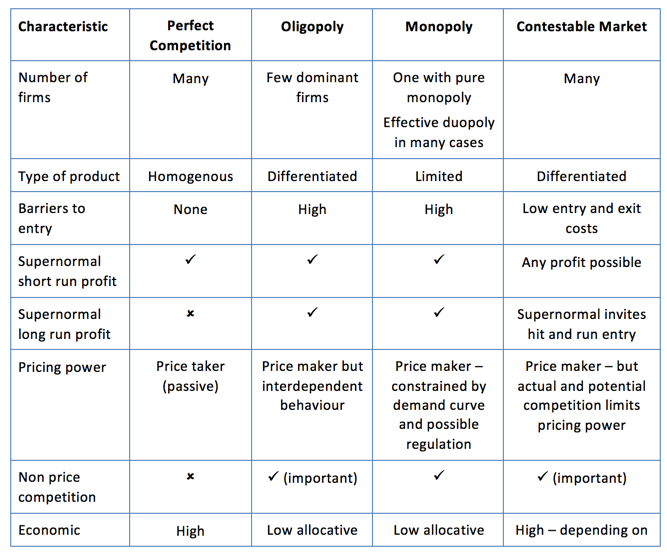A controversial topic .
An
economist David Rosenberg, former chief economist at Merrill Lynch once said ,
“Why did God invent economists?”
“To
make weathermen feel good about themselves.”
There
are some reasons for this statement.
Economics
cant be considered as science as Science is a systematized body of knowledge
ascertainable by observation
and
experiment. It is a body of generalizations, principles, theories or laws which
traces out a casual relationship
between
causes and results.
Economics
can define the causes and result but cannot do so with presicion.Just cause
price of sugar increase by 1 dollar does not mean price of tea will increase by
1 dollar.
Again
markets are frequently ahead of, and often out of sync with, the
economy.economics follows
the
market but the market does not always follow economics .
Models
are of limited utility.
correlation
does not always mean causation.
There
are two kinds of science:
Positive
Science
Normative
Science or Prescriptive Science
Some
claim,
Economics
is a positive science because:
Firstly,
economists collect the facts.
Secondly,
they analyze them and derive result.
Thirdly,
they determine the relationship between facts and results.
Finally,
they give a title to the relationship.
Economics
is normative science because:
Firstly,
economists points out different economic problems.
Secondly,
they analyse them in the light of statistics or facts and figures.
Finally,
they advise policies, laws, theories to solve the problems.
Economics
is an art because:
Economists
suggest policies along with their implementation procedures to solve the
economic problem.
Thus,
economics is a science as well as an art.
















